












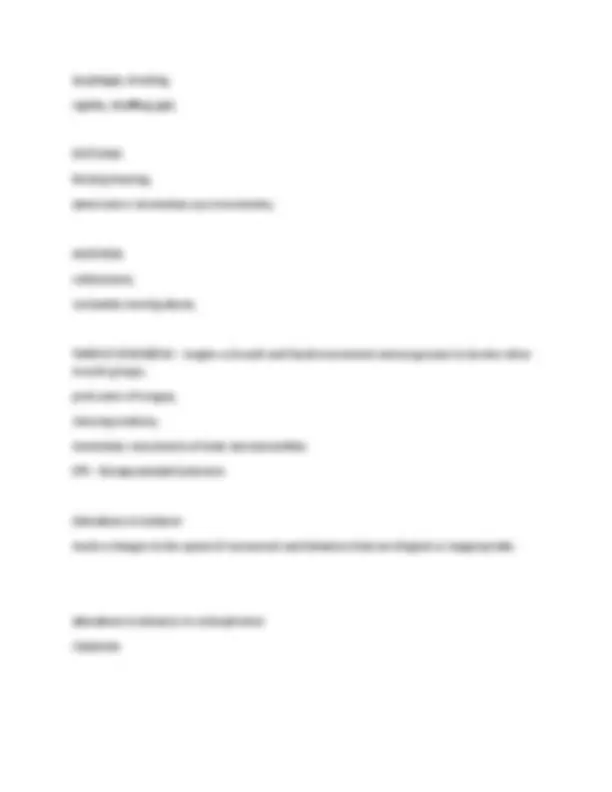
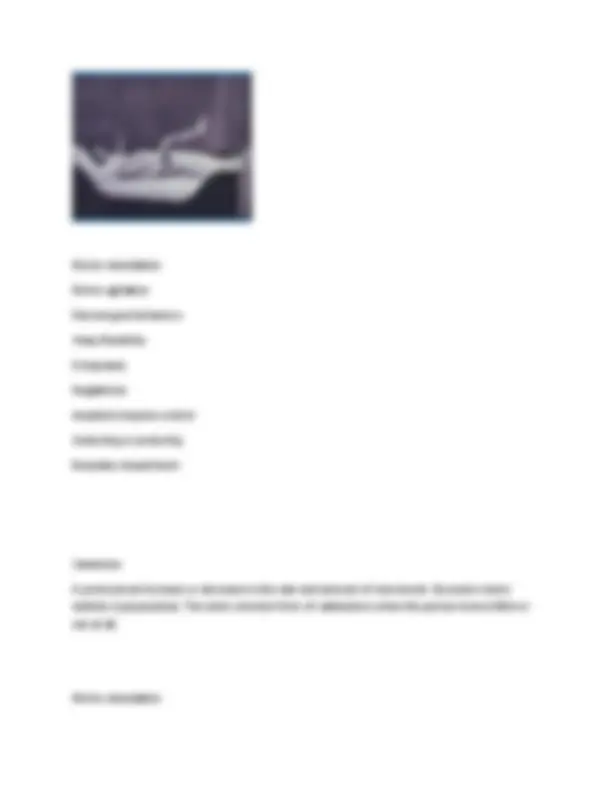
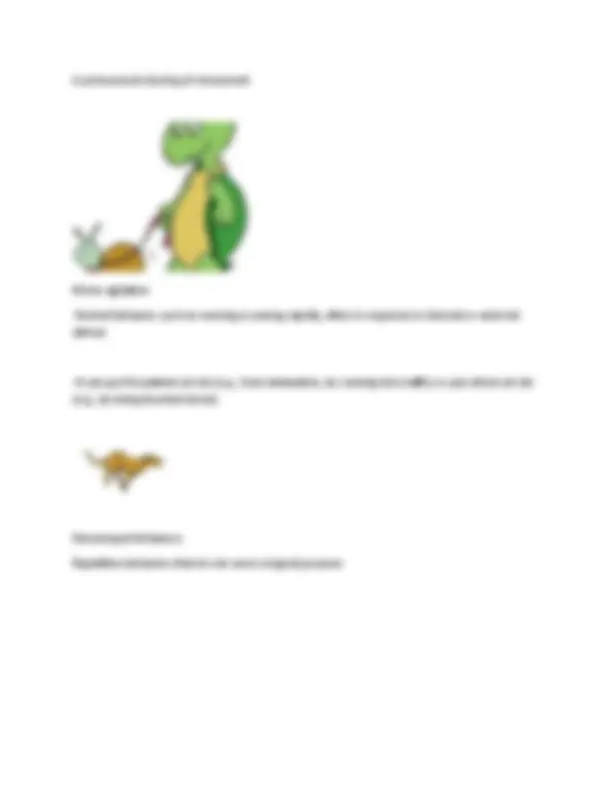







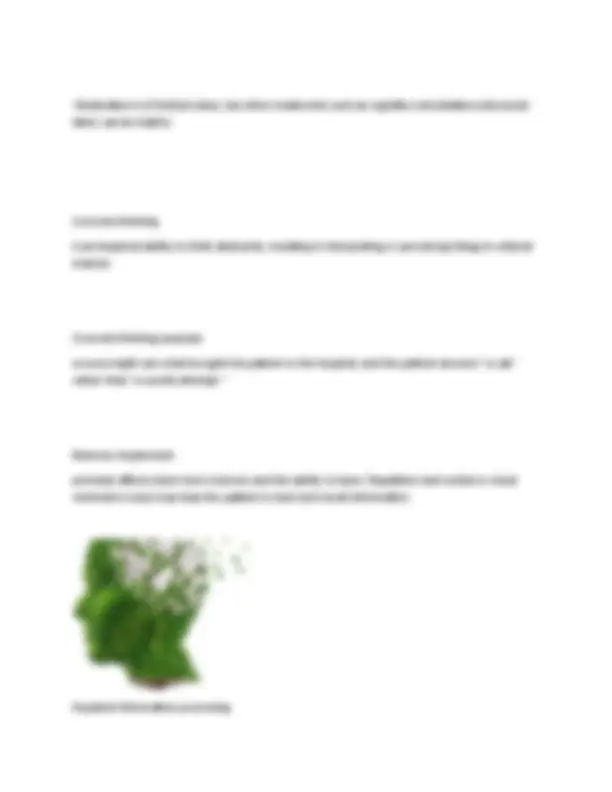
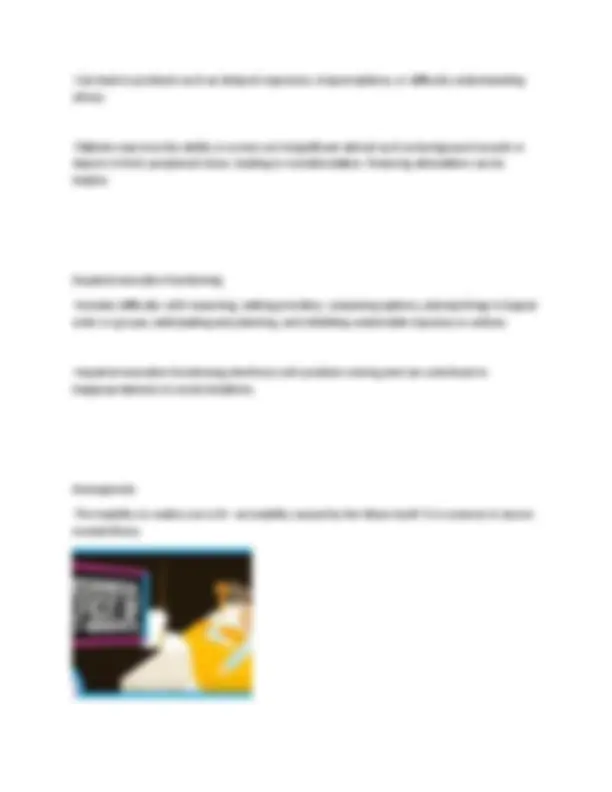
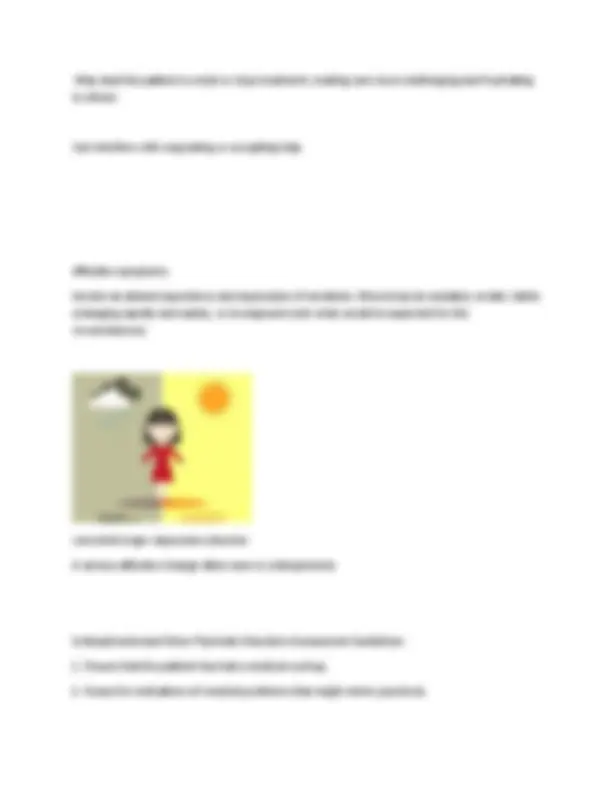
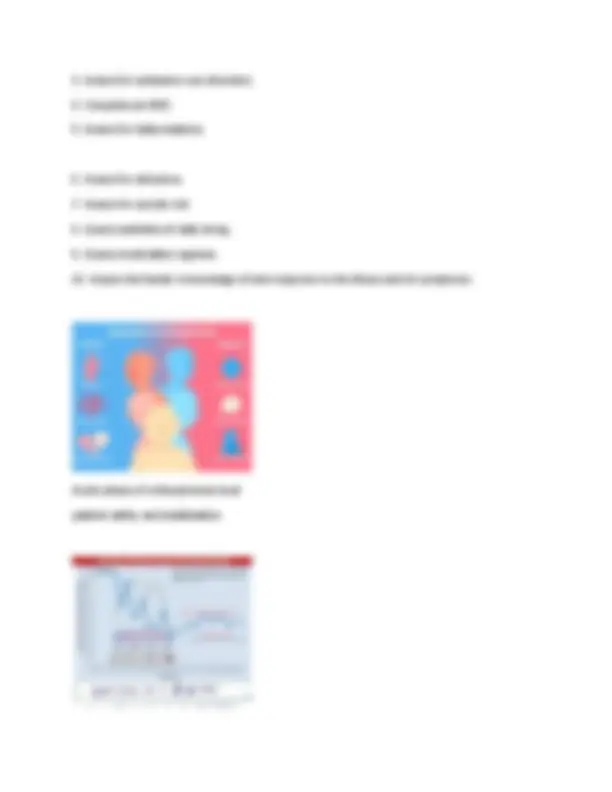

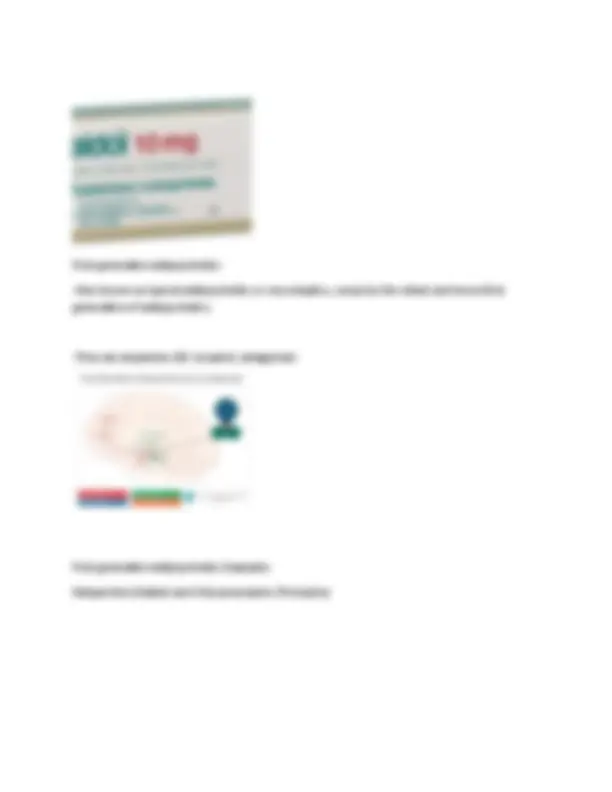
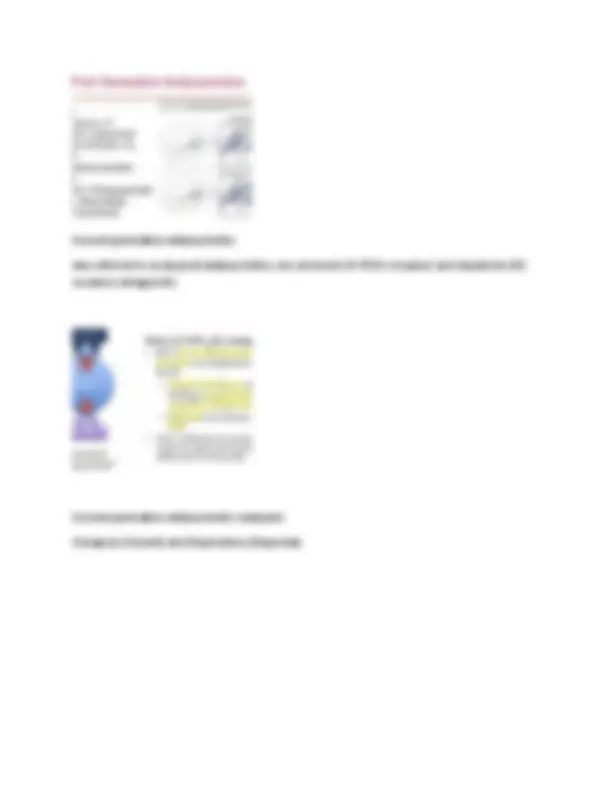
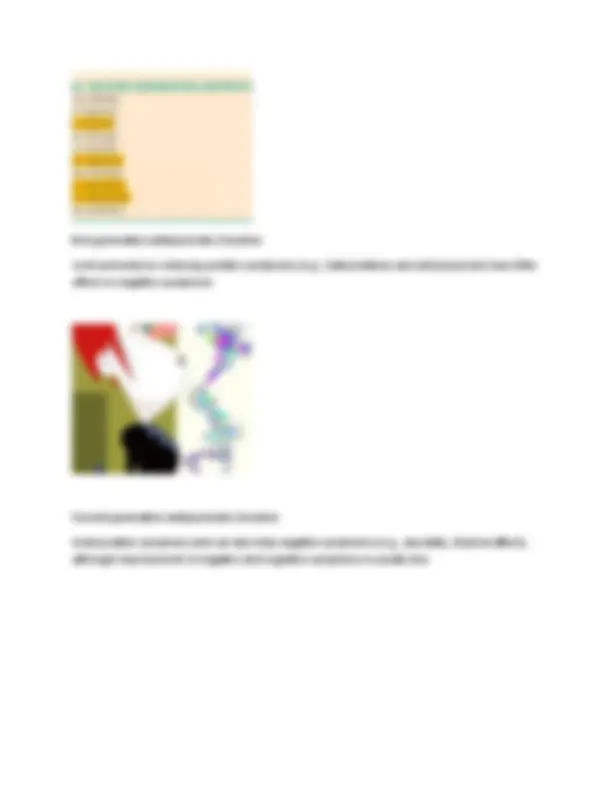

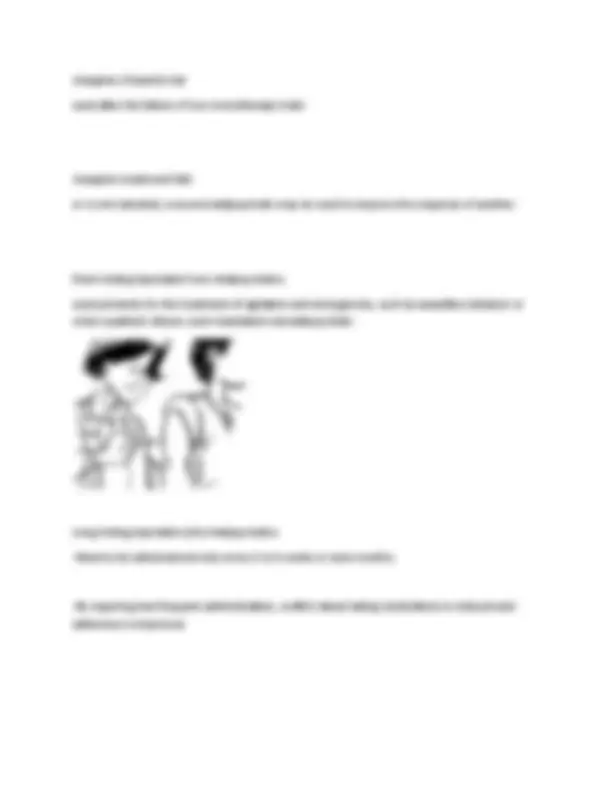

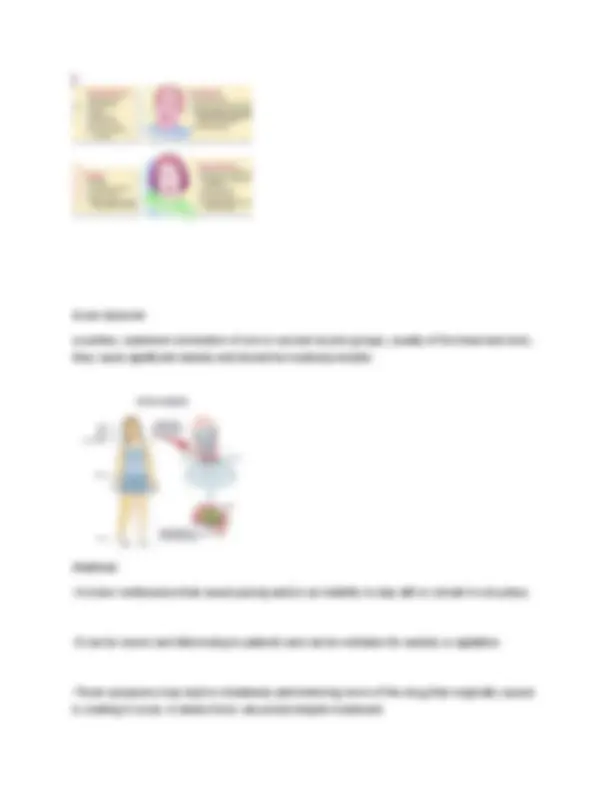
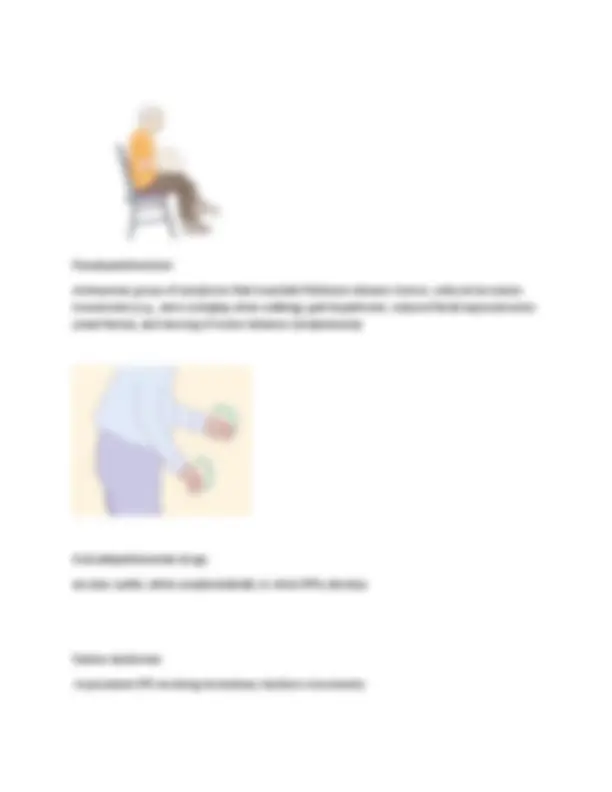
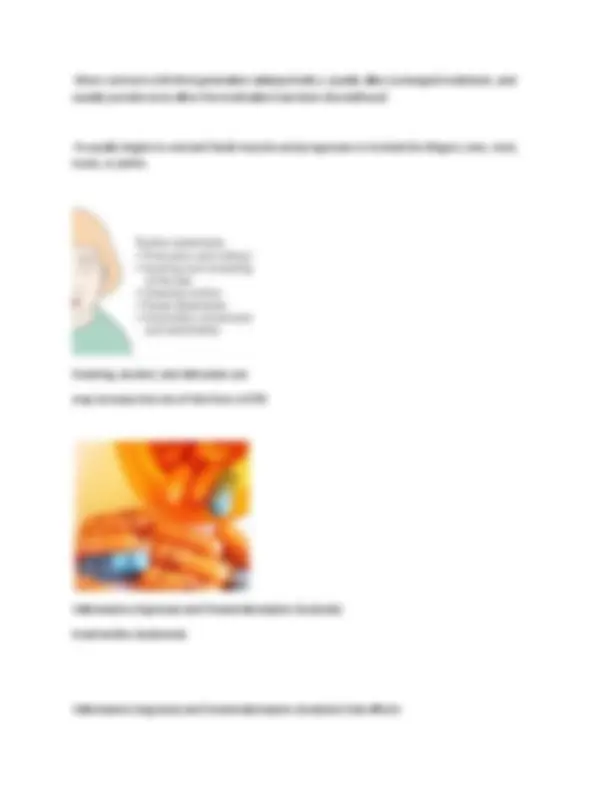

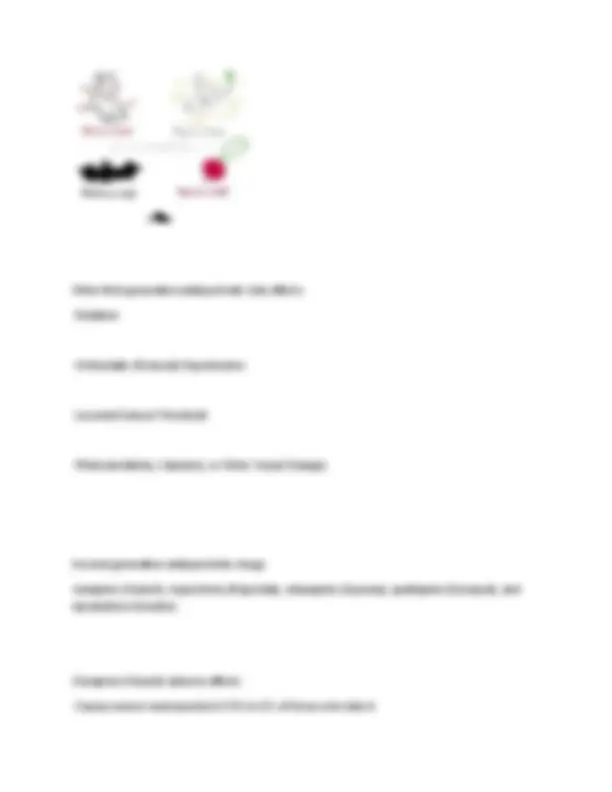
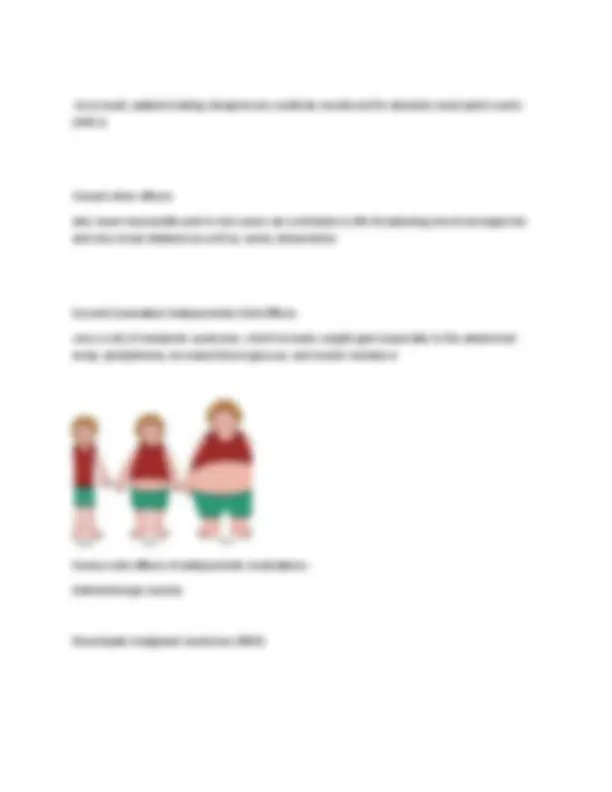
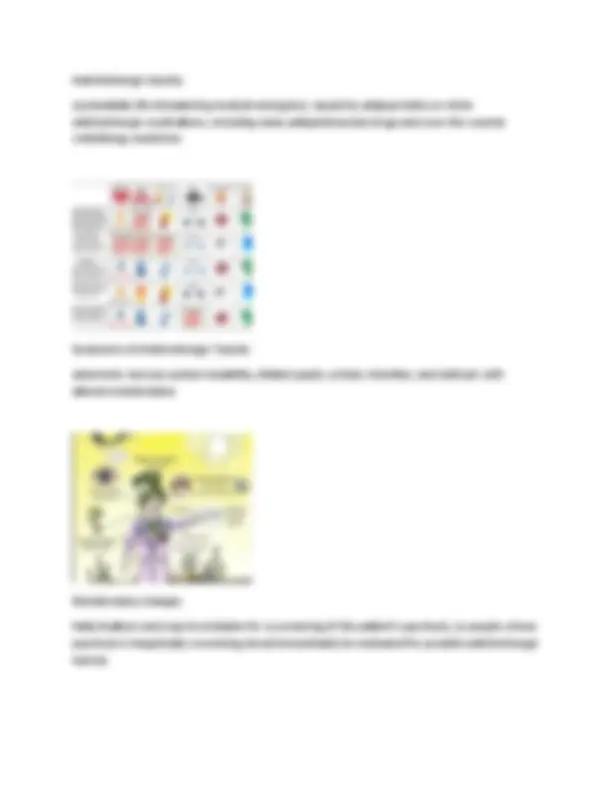
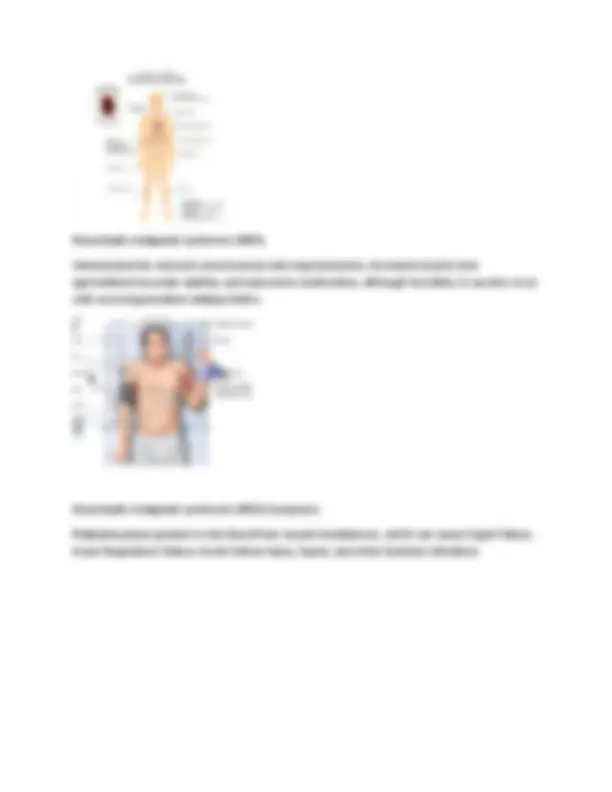
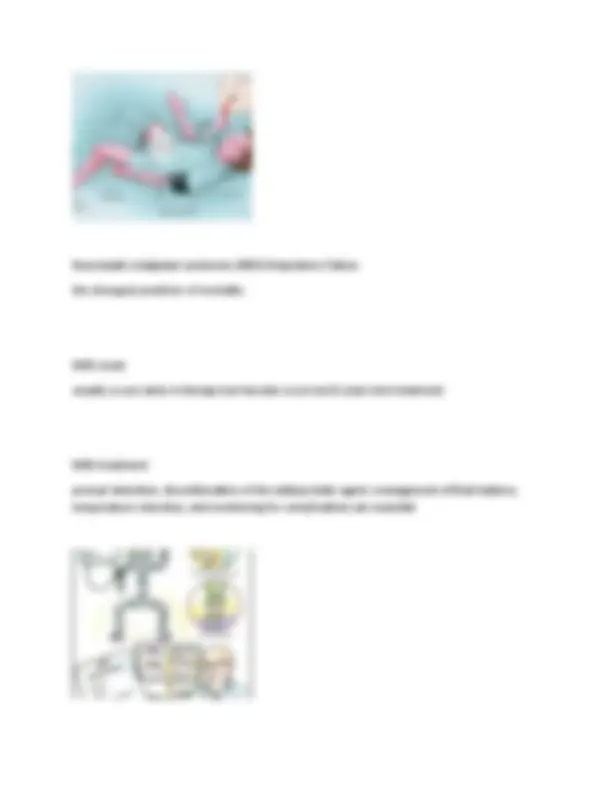
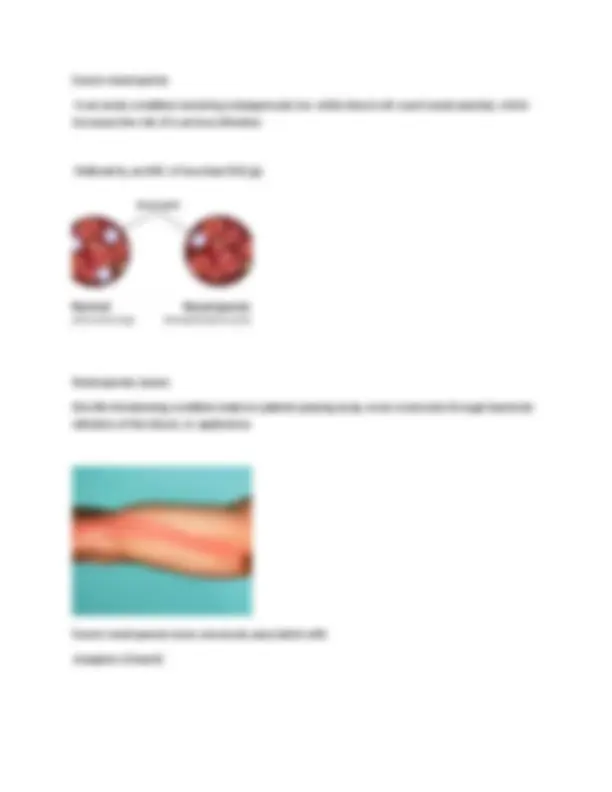

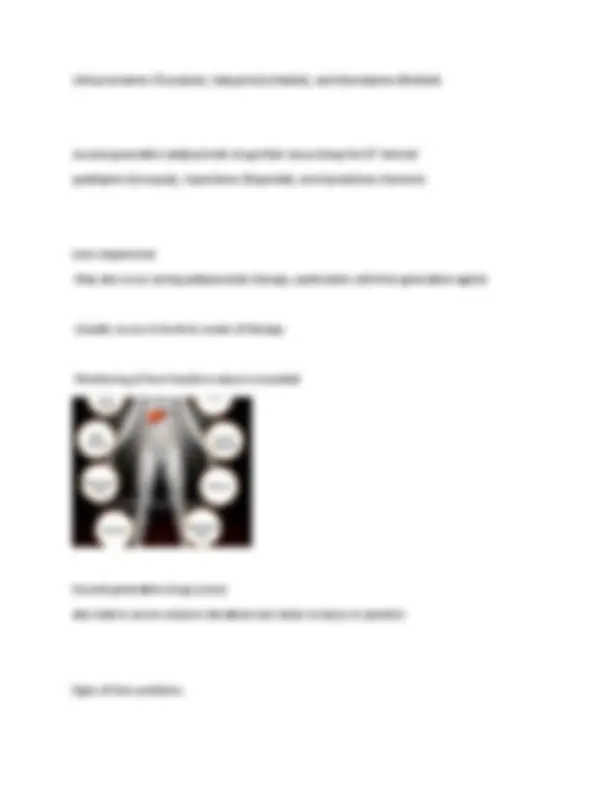
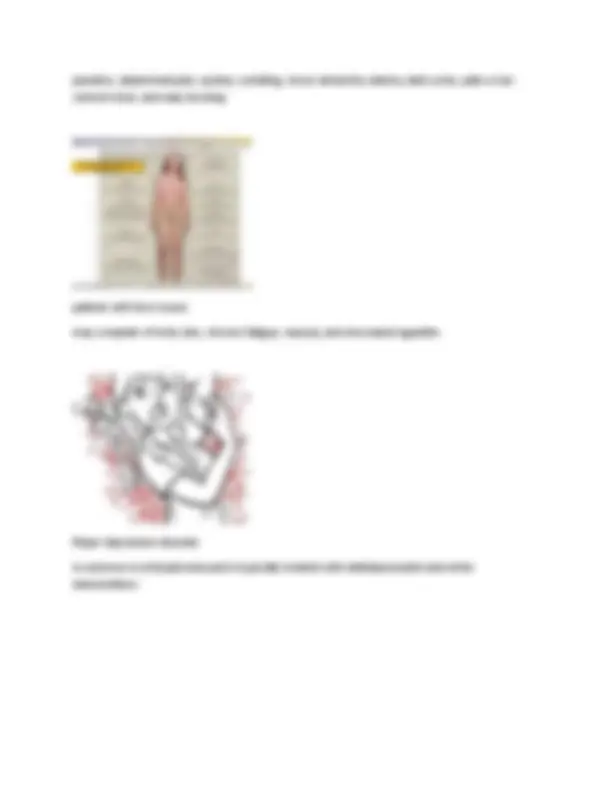

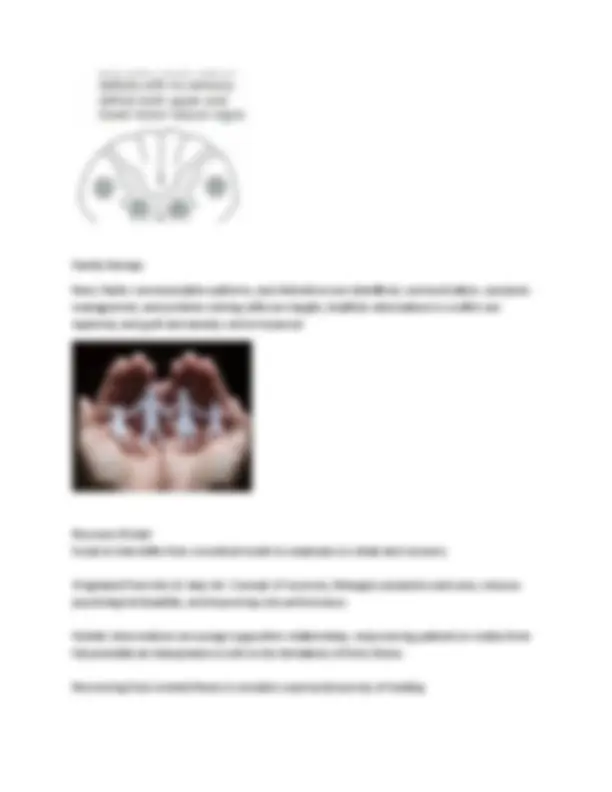
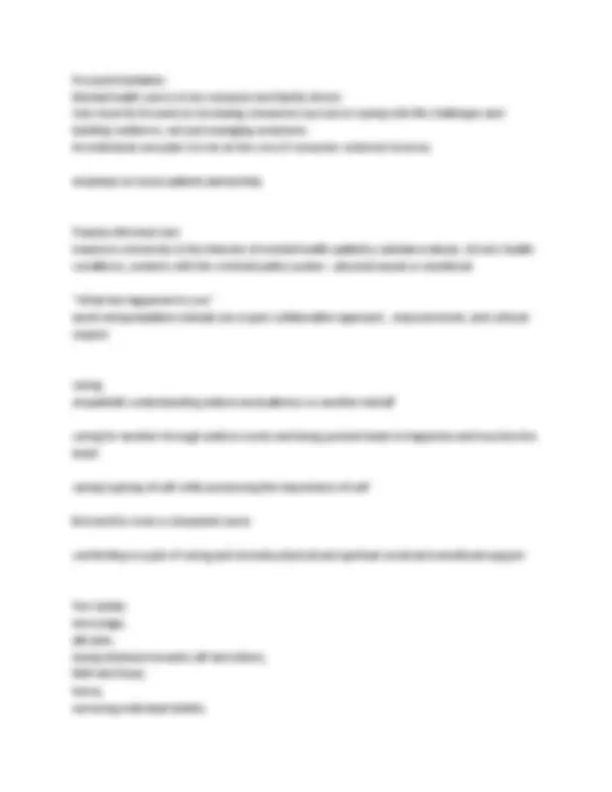
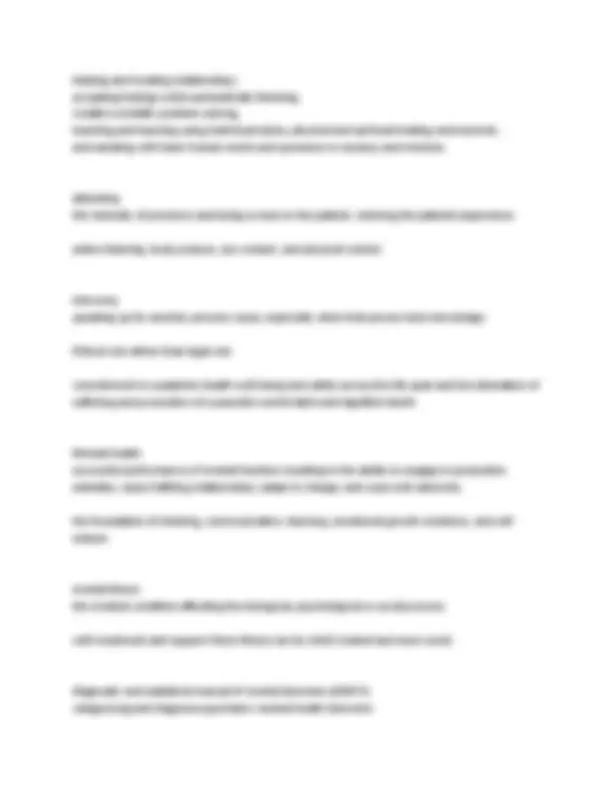
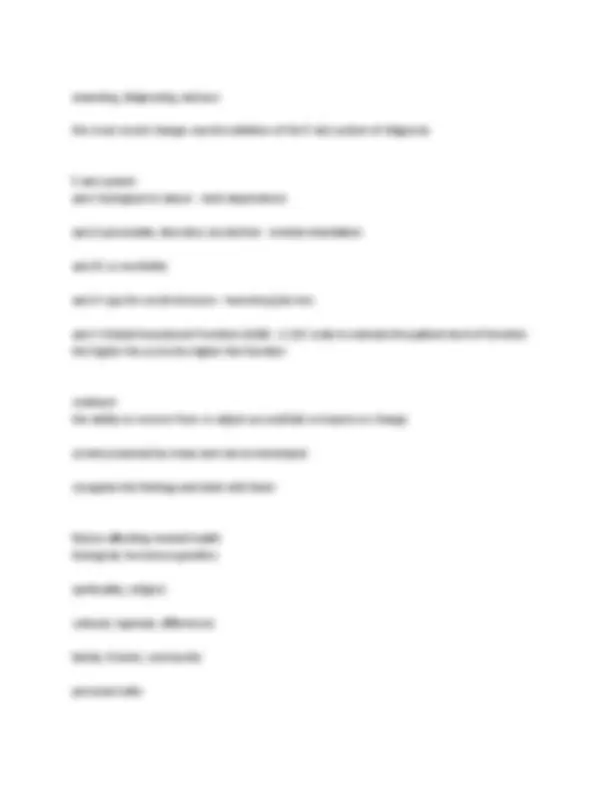
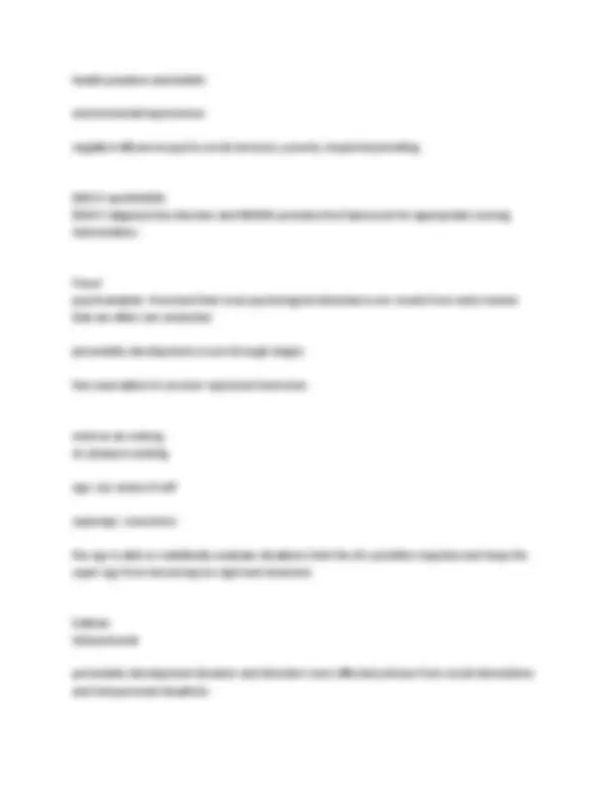
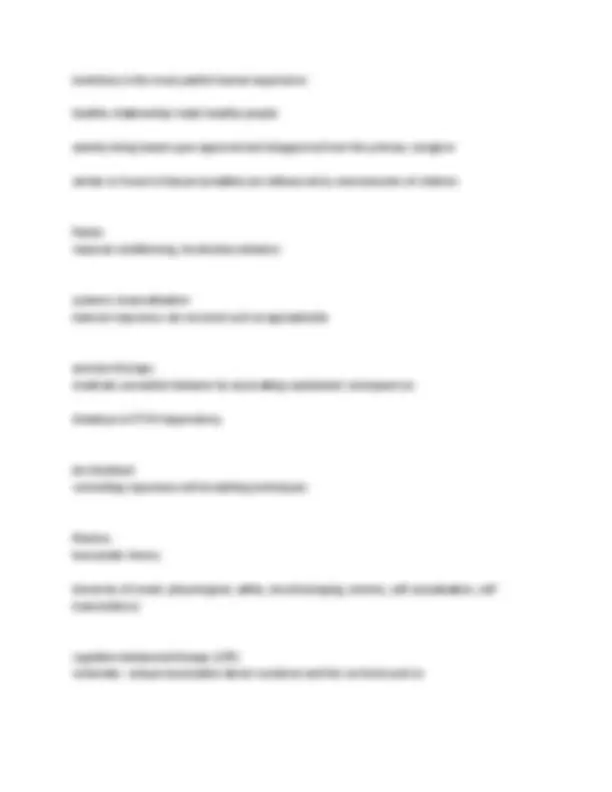



Study with the several resources on Docsity

Earn points by helping other students or get them with a premium plan


Prepare for your exams
Study with the several resources on Docsity

Earn points to download
Earn points by helping other students or get them with a premium plan
Community
Ask the community for help and clear up your study doubts
Discover the best universities in your country according to Docsity users
Free resources
Download our free guides on studying techniques, anxiety management strategies, and thesis advice from Docsity tutors
Test Bank Essentials of Psychiatric Mental Health Nursing (3rd Edition by Varcarolis) ALL CHAPTERS COVERED 1. Patient centered care: The patient is the full partner in providing care based on patients’ preferences, values, and needs 2.Quality Improvement: 3. Safety 4. Information 5.Teamwork and Collaboration 6.EBP
Typology: Exams
1 / 62

This page cannot be seen from the preview
Don't miss anything!























































Behavior: Body movements, eye contact Speech: Rate, volume, disturbance, cluttering Affect and mood: Ex: flat, bland, animated, angry, withdrawn, appropriate; sad, labile, euphoric Thought: Process and content Perceptual disturbances: Hallucinations, Illusions Cognition: Orientation, LOC, memory, attention, abstraction, Judgement Mental Status Examination
Accepting Giving Recognition Offering self offering general leads giving broad opening placing the events in time making observations encouraging description of perception encouraging compassion restarting reflecting focusing exploring
giving information seeking clarification presenting reality voicing doubt seeking consensual validation verbalizing the implied encouraging evaluation attempting to translate into feelings suggesting collaboration summarizing encouraging formualtion of a plan of action Techniques that Enhance Communication Giving premature advice
Asian Indian men may greet a woman with palms together German, Swedish, and BG shake hand at the beginning and end of a meeting Japan - handshakes are appropriate but a pat on the back is not Chinese Americans do not like any contact from stranger Native Americans reach out and slightly touch each others hands Importance of touch in psychoanalysis, the patient's transfer to the analyst of emotions linked with other relationships (such as love or hatred for a parent) Affections, respect, gratification of dependency needs, Hostility, jealousy, competitiveness, love Concrete ex of transference phenomena can include special favors Transference Tendency of the nurse to displace feelings related to people in his or her past onto a patient Countertransference Values - abstract standards and represent an ideal either pos or neg (modeling/role model)
Beliefs - affected by our culture and subculture Being aware of our own beliefs and values allows for us to understand what is right for us is not always right for another Values Beliefs and Self Awareness (Peplau) Orientation phase
nurse may respond and then refocus back to the pt and remind the pt that this time is for them and their concerns pt ask a personal question uncomfortable clear lines and expected behavior, restating the appropriate roles pt make a sexual advance uncomfortable, anxious, responsible stay with the pt, its ok to cry, offer tissue silence pt cries rejected, anxious, abandoned pause the interview, let the pt settle their anxiety pt leaves before a session is over rejected or ineffectual
short timed visits at planned times Pt does not want to talk uncomfortable, examine the meaning politely refuse expensive gifts pt gives the nurse a present conflicted to engage between both patients the importance of staying with one pt demonstrates that dedicated time is set and that it for both pts one pt interrupts another pt genuineness: (self awareness) can be sensed and key to building trust empathy: multidimensional; cognitive, emotional, and behavioral components positive regard: respect, attitudes, actions, attending, suspending value judgement, helping pts develop resources Factors that enhance growth
Behavioral cues -
Benzo first choice; safe but may have paradoxical reactions zispiradone (2nd gen) RX acute aggression Sedative - Hypnotic Anxiolytic
RX - RX: Azole antifungals, ditiazem, pretease inhibitor, macrolide antibiotics, grapefruit juice, CNS depressants, opiods, olanzapine, rifampin kava and valerian supplements Benzodiazepines (Class IV) RX - anticonvulsants RX chronic aggression MOA: